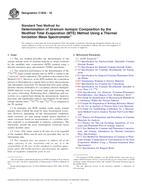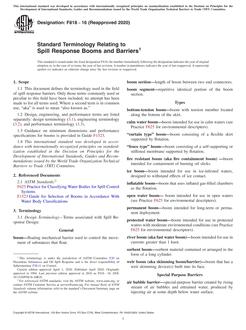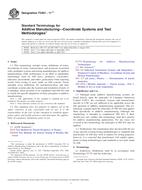1.1 This test method covers the determination of characteristics of top-loading, direct-reading laboratory scales and balances. Laboratory scales of the top-loading type may have capacities from a few grams up to several kilograms. Resolution may be from 1/1000 of capacity to 1/1 000 000 or more. This method can be used for any of these instruments and will serve to measure the most important characteristics that are of interest to the user. The characteristics to be measured include the following:
1.1.1 warm-up,
1.1.2 off center errors,
1.1.3 repeatability, reproducibility, and precision,
1.1.4 accuracy and linearity,
1.1.5 hysteresis,
1.1.6 settling time,
1.1.7 temperature effects,
1.1.8 vernier or micrometer calibration, and
1.1.9 resistance to external disturbances.
1.2 The types of scales that can be tested by this method are of stabilized pan design wherein the sample pan does not tilt out of a horizontal plane when the sample is placed anywhere on the pan surface. The pan is located generally above the measuring mechanism with no vertical obstruction, except for draft shields. Readings of weight may be obtained from an optical scale, from a digital display, or from a mechanical dial. Weighing mechanisms may be of the deflecting type, using gravity or a spring as the transducer, or may be a force-balance system wherein an electromagnetic, pneumatic, hydraulic, or other force is used to counterbalance the weight of the sample. Other force-measuring devices may be tested by this method as long as a sample placed on a receiving platform produces an indication that is substantially a linear function of the weight of the sample.
1.3 This standard does not purport to address all of the safety concerns, if any, associated with its use. It is the responsibility of the user of this standard to establish appropriate safety and health practices and determine the applicability of regulatory limitations prior to use.
Product Details
- Published:
- 10/01/2005
- Number of Pages:
- 4
- File Size:
- 1 file , 69 KB


